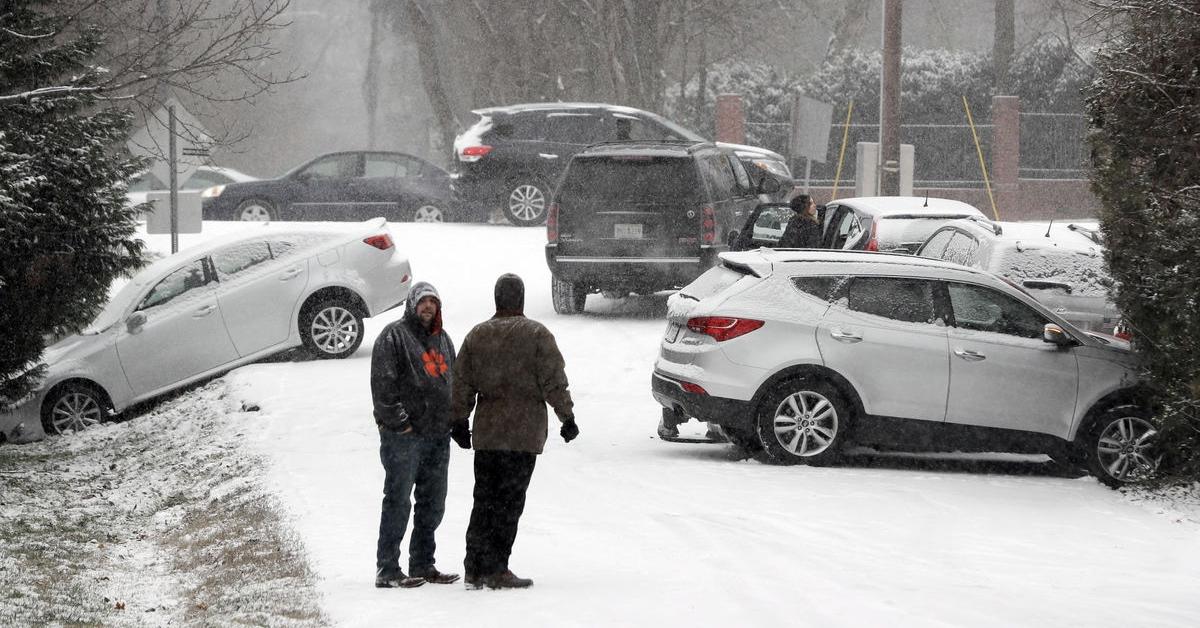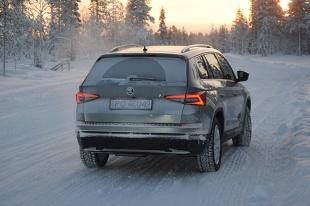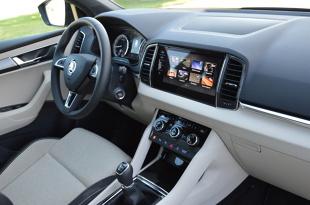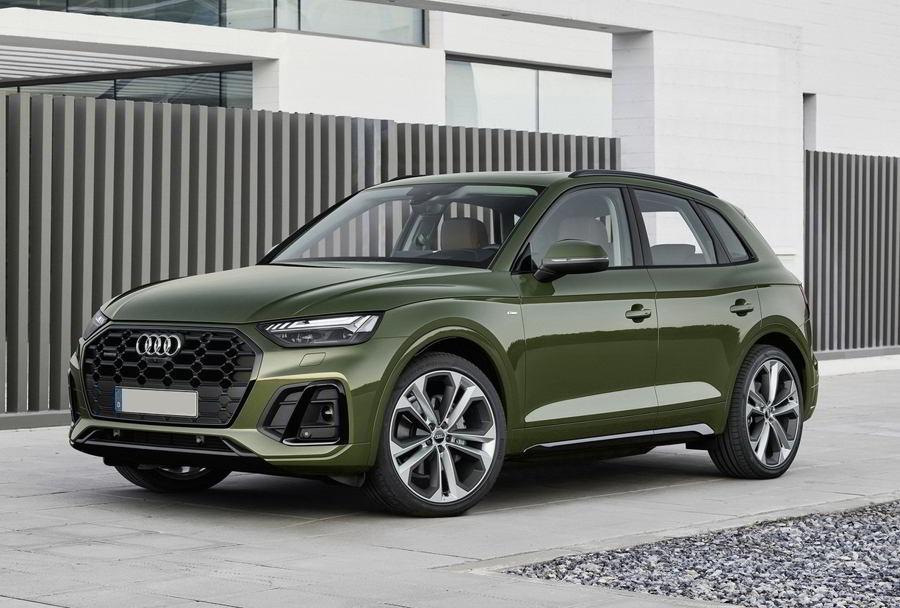
How to Drive, Brake and Turn Safely in Winter
 Winter forces drivers to change their driving style. Slippery surface, i.e. the risk of skidding means that we must adapt the speed and maneuvers to prevailing road conditions.
Winter forces drivers to change their driving style. Slippery surface, i.e. the risk of skidding means that we must adapt the speed and maneuvers to prevailing road conditions.
It can be difficult to start on slippery surfaces, as it may turn out that the drive wheels are slipping in place. So what to do? If you press hard on the gas pedal, the situation will worsen even more, because the tires slide off the ice. The fact is that the force required to roll the wheels should not be greater than the force that causes the weakening of their adhesion. After shifting the first gear, gently press the gas pedal and just as smoothly release the clutch pedal.
 If the wheels start to spin, you will have to drive a few meters on the so-called half-clutch, i.e. with the clutch pedal slightly depressed. Longer riders may try to start in second gear because the torque transmitted to the drive wheels is lower in this case than in first gear, so breaking traction is more difficult. If that doesn't work, put carpet under one of the drive wheels or sprinkle it with sand or gravel. Then the chains will come in handy on snowy surfaces and in the mountains.
If the wheels start to spin, you will have to drive a few meters on the so-called half-clutch, i.e. with the clutch pedal slightly depressed. Longer riders may try to start in second gear because the torque transmitted to the drive wheels is lower in this case than in first gear, so breaking traction is more difficult. If that doesn't work, put carpet under one of the drive wheels or sprinkle it with sand or gravel. Then the chains will come in handy on snowy surfaces and in the mountains.
However, braking is much more difficult than starting from a slippery surface. This maneuver must also be performed carefully so as not to skid. If you exaggerate with the braking force and press the pedal to the end, then in the event of an attempt to go around an obstacle, for example, if forest animals jump out onto the road, the car will not turn and go straight.
 Therefore, it is necessary to slow down by pulsing, then there is a chance to avoid skidding and stop in front of an obstacle. Fortunately, modern cars are equipped with an ABS system that prevents the wheels from locking when braking, which means that the driver can steer the car using the steering wheel. Apply the brake to the stop and hold it, despite the vibration of the pedal. Remember, however, that if we drive at excessive speed, ABS will not protect us from a collision in an emergency.
Therefore, it is necessary to slow down by pulsing, then there is a chance to avoid skidding and stop in front of an obstacle. Fortunately, modern cars are equipped with an ABS system that prevents the wheels from locking when braking, which means that the driver can steer the car using the steering wheel. Apply the brake to the stop and hold it, despite the vibration of the pedal. Remember, however, that if we drive at excessive speed, ABS will not protect us from a collision in an emergency.
The engine is also useful for braking, especially on slippery surfaces. For example, in a city, before reaching an intersection, reduce gears in advance, and the car will lose speed by itself. The main thing is to do it smoothly, without jerking, because the car can jump.
When driving on slippery surfaces, cornering problems can also occur. The cornering principle says that you can enter a turn at any speed, but it is not safe to exit it at any speed. – When crossing a turn, you should try to overcome it as softly as possible. The ZWZ principle will help us, i.e. external-internal-external, explains Radosław Jaskulski, instructor at Skoda Auto Szkoła. - Having reached the turn, we drive up to the outer part of our lane, then in the middle of the turn we exit to the inner edge of our lane, then smoothly at the exit of the turn we smoothly approach the outer part of our lane, smooth steering.
We must also remember that changing weather conditions will affect the reduction in road traction. The fact that in good weather we entered the turn at a speed of 60 km / h per hour will not matter if it is icy. – If the turn is tight, slow down and run before the turn, we can start to add gas when exiting the turn. It is important to use the accelerator in moderation, advises Radoslav Jaskulsky.
 All-wheel drive vehicles are best suited for winter operation. Skoda Polska recently organized a winter presentation of its 4×4 vehicles on an ice test track for journalists. In such conditions, the drive on both axles shows its advantage over others when starting off. In normal driving, such as in the city or on dry hard surfaces, 96% of the torque from the engine goes to the front axle. When one wheel slips, the other wheel immediately gets more torque. If necessary, the multi-plate clutch can transfer up to 90 percent. torque on the rear axle.
All-wheel drive vehicles are best suited for winter operation. Skoda Polska recently organized a winter presentation of its 4×4 vehicles on an ice test track for journalists. In such conditions, the drive on both axles shows its advantage over others when starting off. In normal driving, such as in the city or on dry hard surfaces, 96% of the torque from the engine goes to the front axle. When one wheel slips, the other wheel immediately gets more torque. If necessary, the multi-plate clutch can transfer up to 90 percent. torque on the rear axle.
The rules of winter driving can be learned in special driving improvement centers, which are becoming more and more popular among drivers. For example, one of the most modern facilities of this type is the Skoda Circuit in Poznań. It is a fully automated higher level driving improvement center. Its main element is a track for the practical improvement of driving skills in simulated emergency situations. You can learn how to drive a car in emergency situations on the road on four specially designed modules equipped with claws, irrigated anti-slip mats and water barriers.

